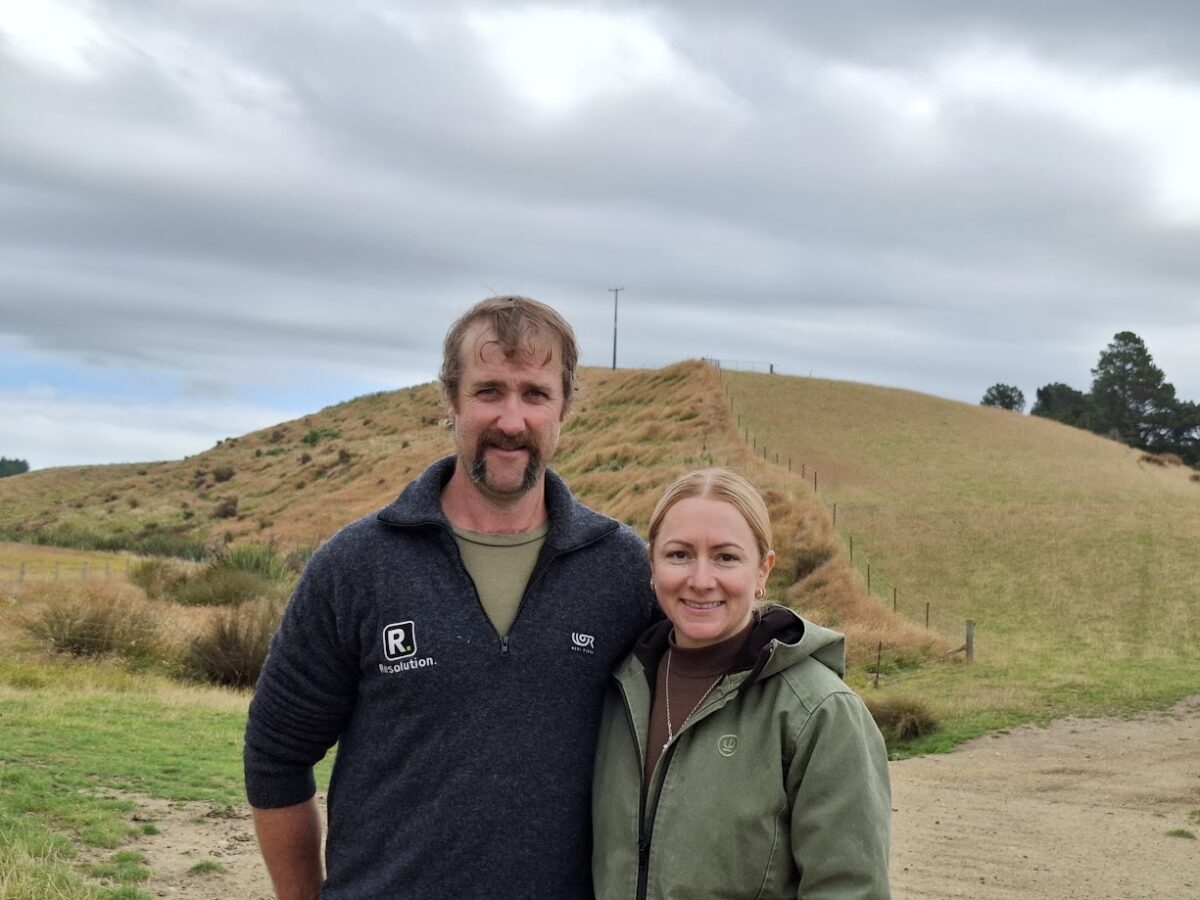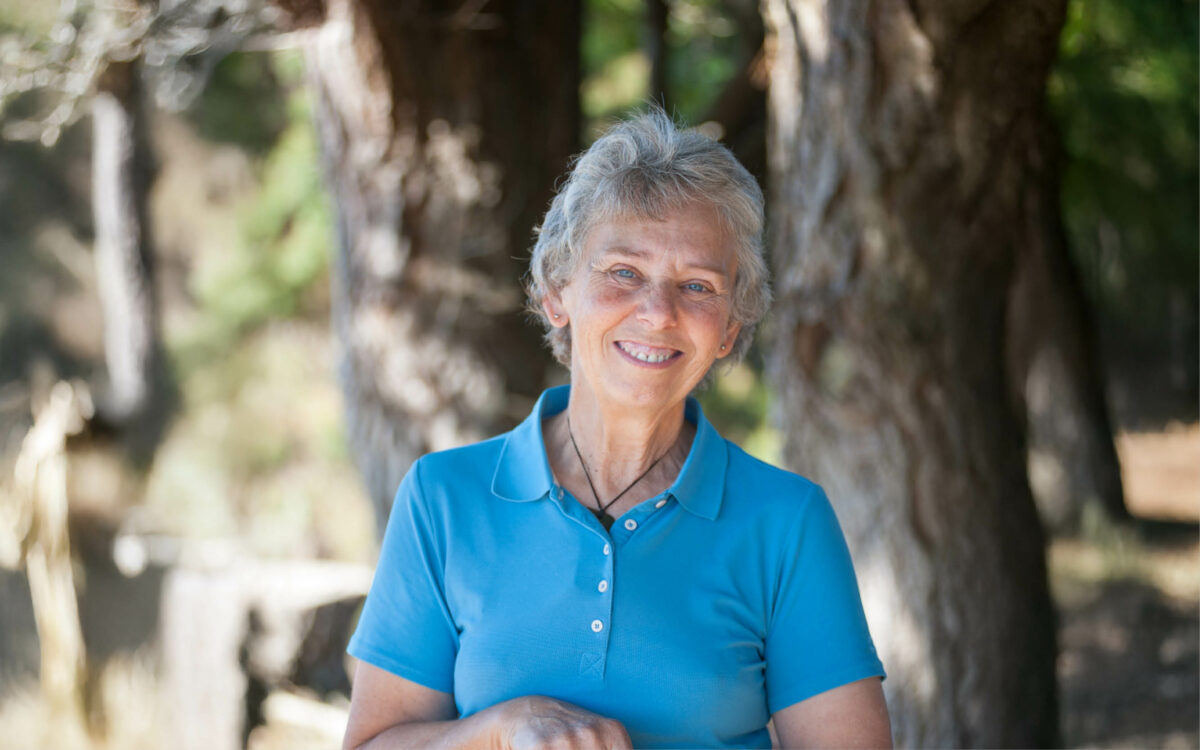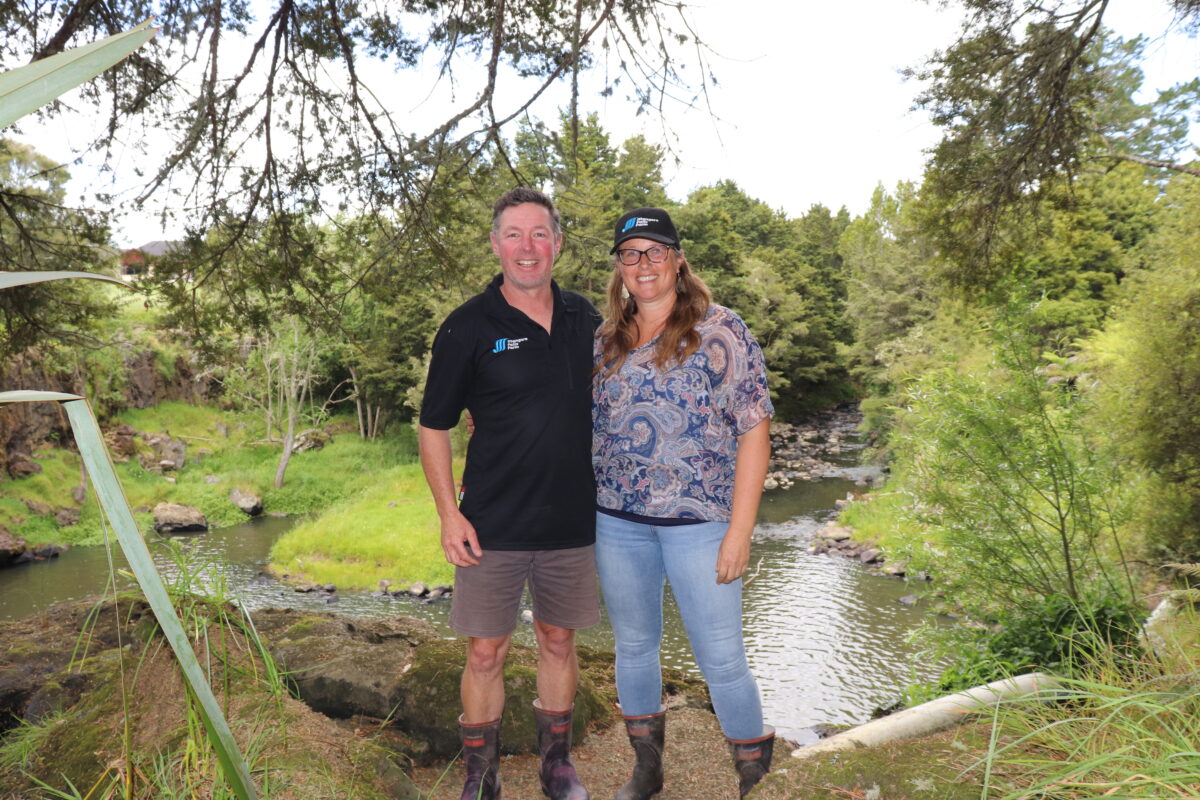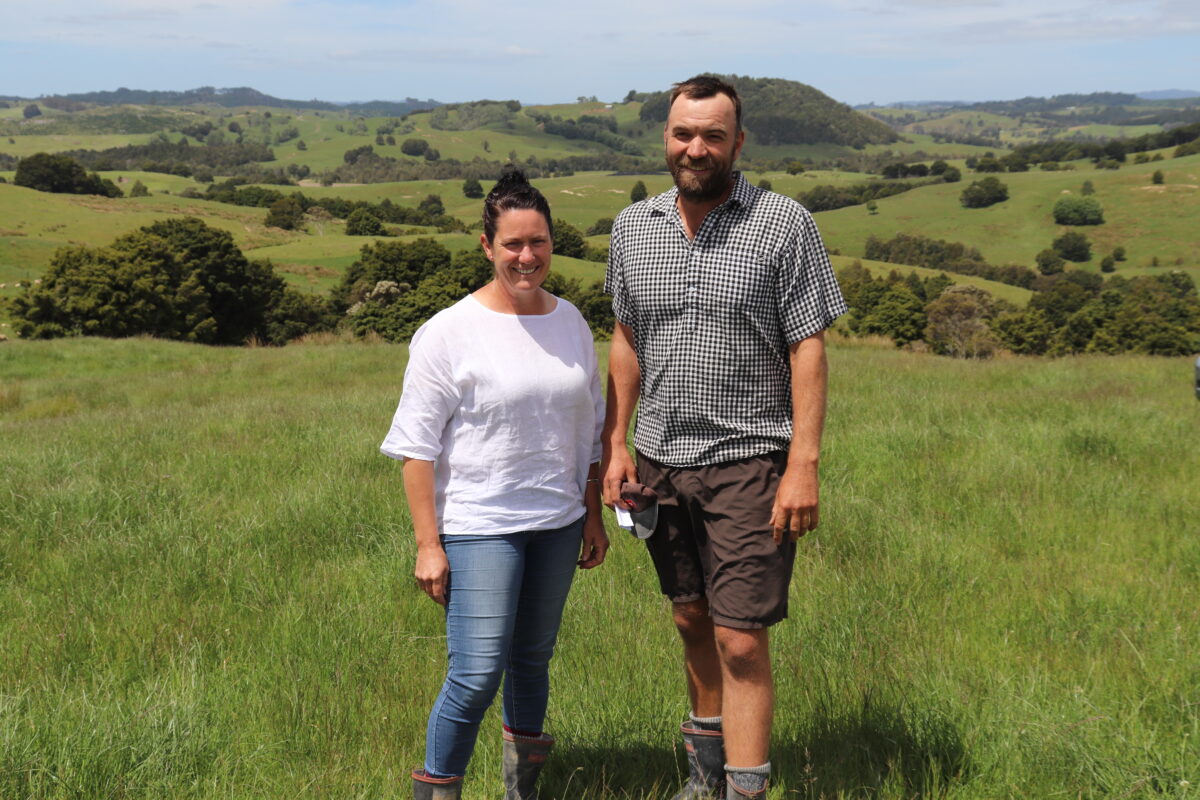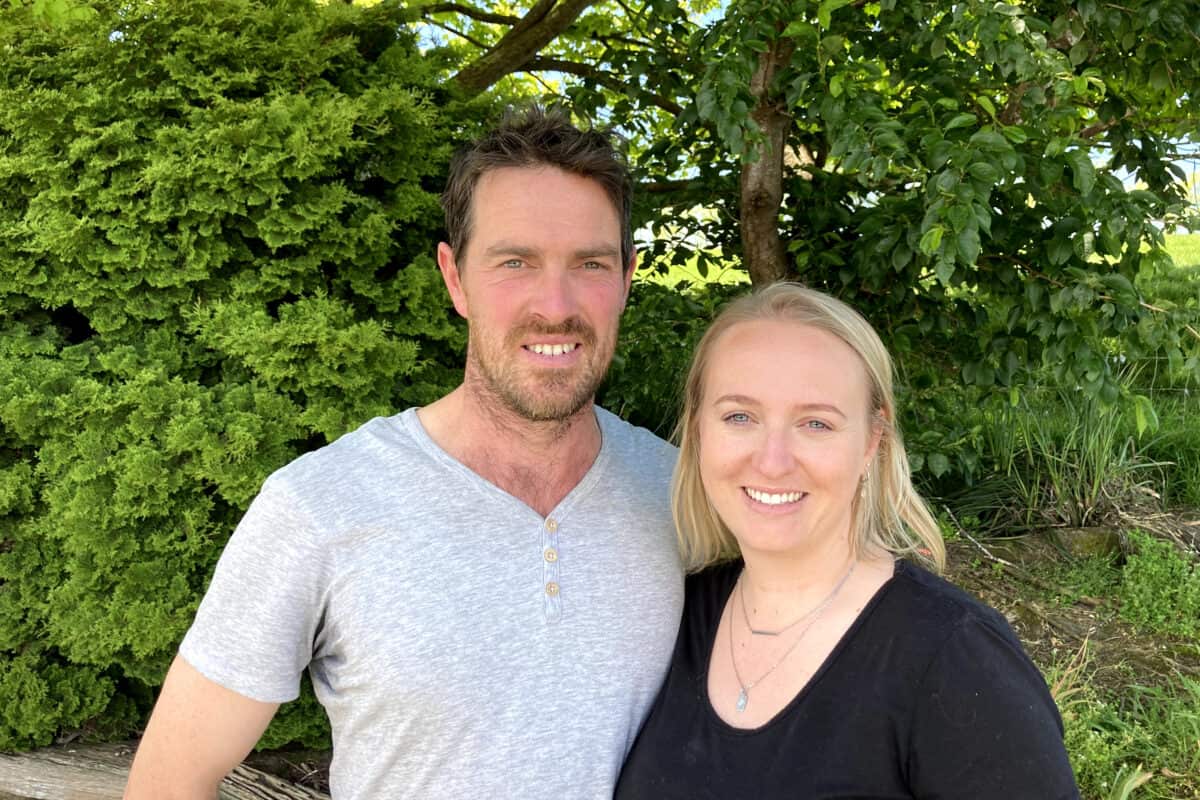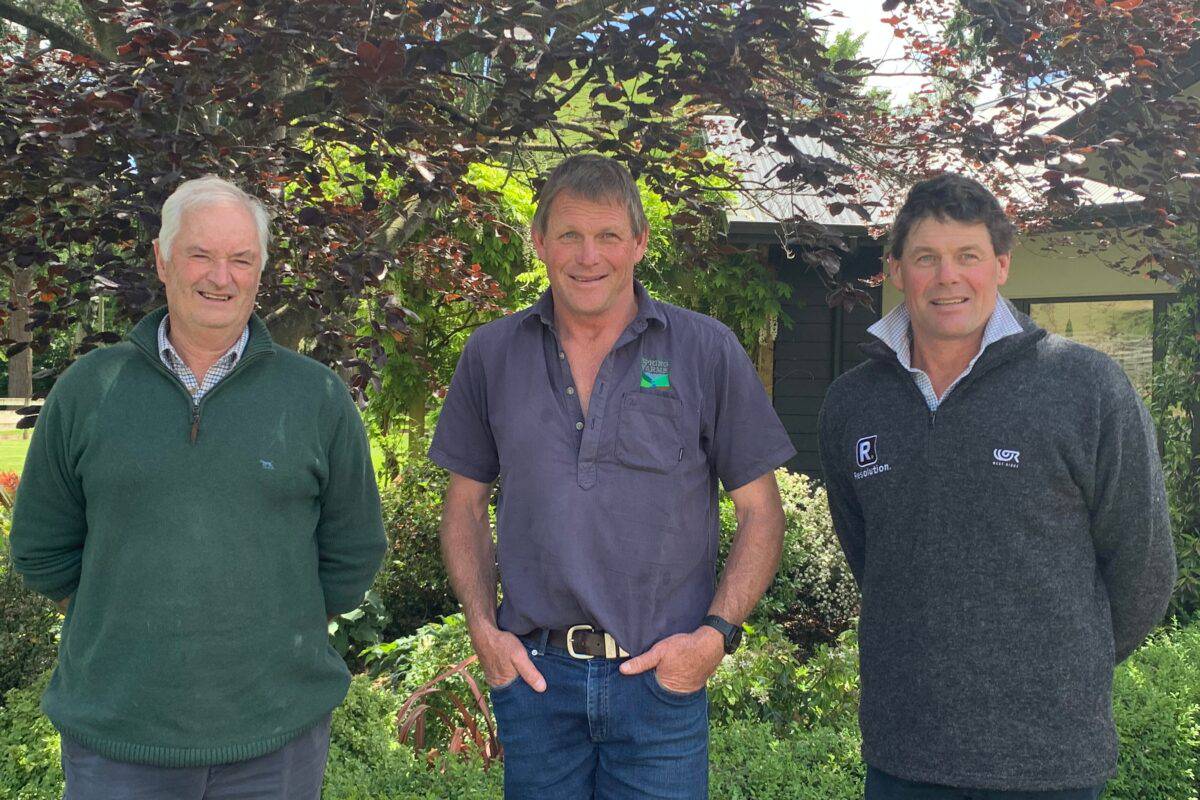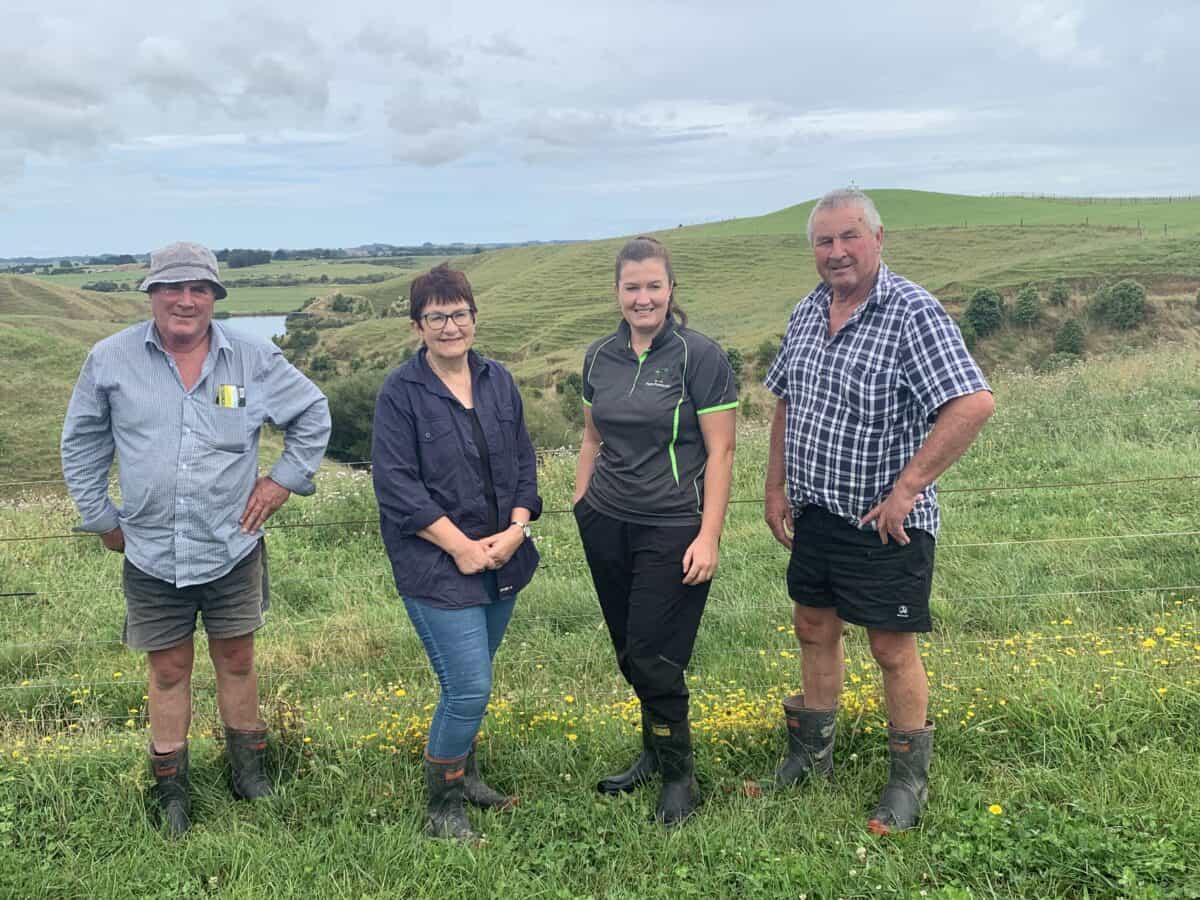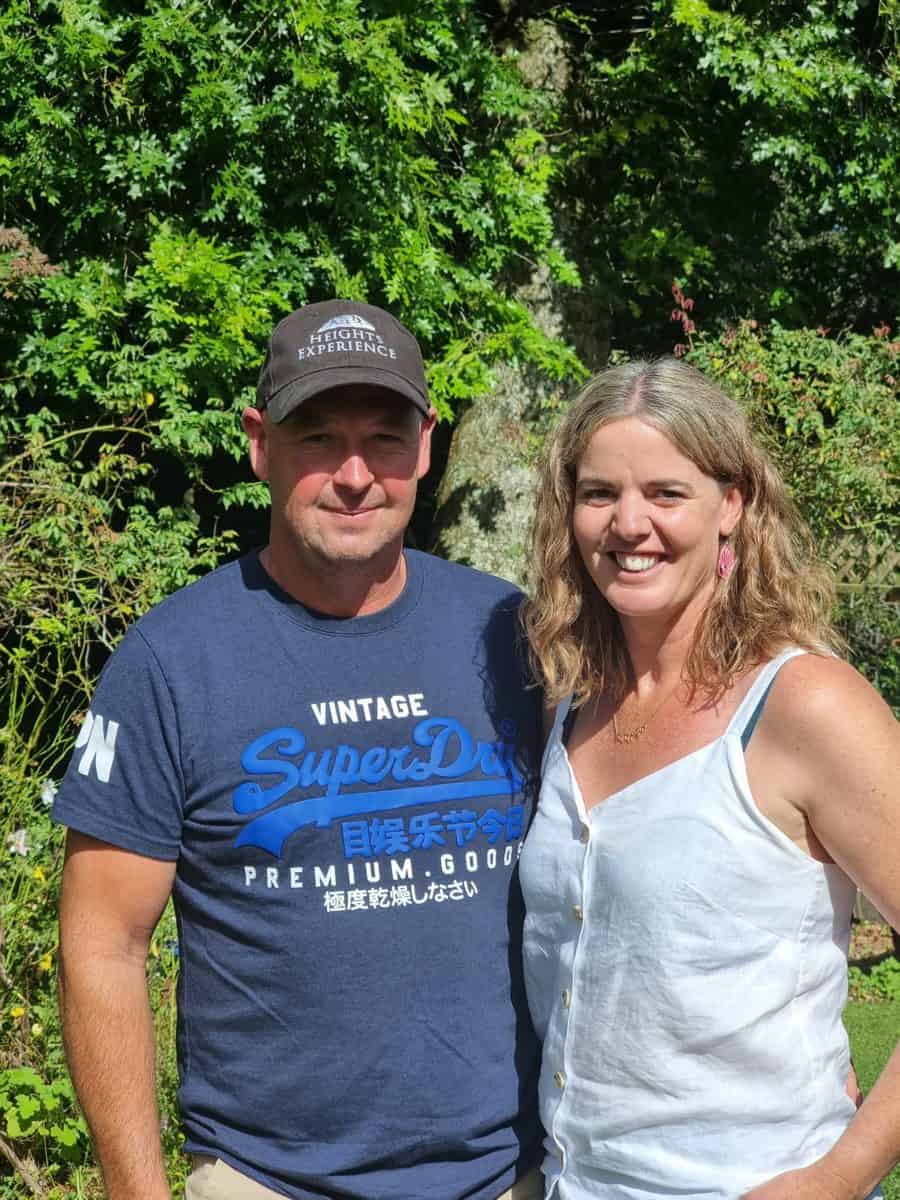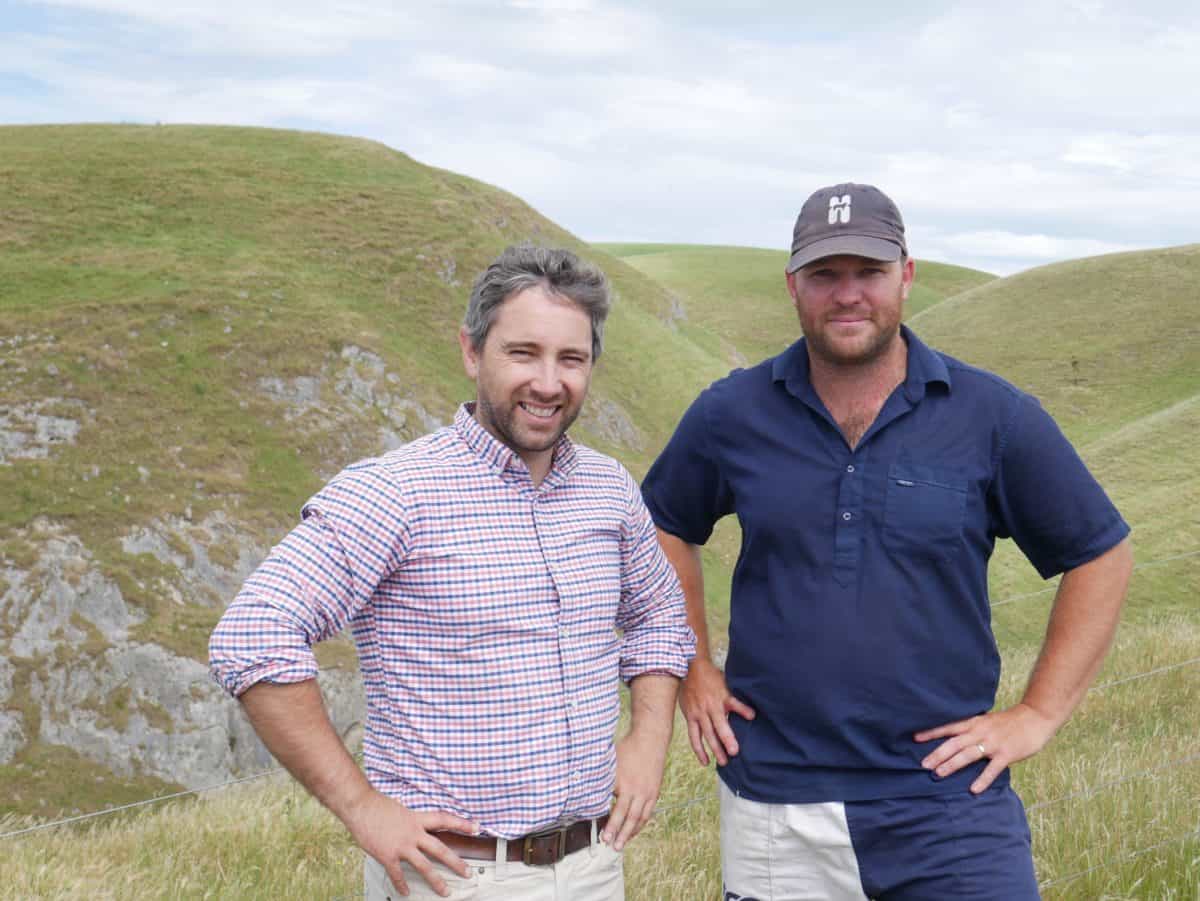A love of family, farming and the land has seen the successful succession of Waipahi sheep farm from Ross and Alexa Wallace to their son Logan… and also helped the family win the Otago Ballance Farm Environment Awards. Their win was announced at a dinner at the Lake Wanaka Centre, Wanaka, on Thursday night (April 13).
The judges said the Wallace family was a supportive, close family unit with clear vision, great goal setting and financial discipline. “They have incredible enthusiasm and a passion to learn – taking on ideas, good use of external advice and analysing data for the best outcomes. They have a strong environmental focus; land and environment plan, nutrient budgeting, wetland construction, retention of biodiversity and water quality emphasis, as well as an outstanding commitment to community and industry.”
Ross and Alexa started farming the original part of Beacon Hill in 1988, adding to it several times over the years and setting up a family trust in the 1990s. The land was leased out from 2009 to 2013 until son Logan returned after study and travel. Beacon Hill Farming Ltd was set up with equal shareholding between Logan and his parents. The company bought the stock and plant and leased the farm from the family trust that owned the land – starting the road to farm succession. Logan, age 28, is now in the process of buying his parents’ shares.
The 290ha farm is an intensive sheep breeding/finishing farm with 240 hectares of cultivated pasture and 30 hectares of tussock carrying 2300 Romney Texel ewes and 670 breeding hoggets and 400 grazing stock units. Logan is aiming for 160 percent with a fifth of lambs gone at 90 days at a target weight of 18 kilograms. His goal is to be in the top 10 percent for production for the area.
“It’s a personal goal but it also makes economic sense,” he says. “We’re making progress through improving genetics and developing the tussock block – getting better feed quality while maintaining the tussock cover.”
The average paddock size is about 4ha with an average 15-year rotation. Twelve hectares has been planted in summer rape this year with about 16ha in swedes. Summer crops are direct drilled. A systematic fertiliser programme applies two different mixes on one to four-year-old paddocks – 250kg/ha super every two years and then sulphur super. The farm has mostly pallic silt loams which is formed from sandstone and schist rock and loessal overlay.
Existing subsurface drainage requires upgrading, including replacing broken mole drains, and Logan has a plan to improve this over time as he’s conscious of the impact of nutrient movement and the potential impact on local surface water. All new tile drains will be GPS mapped.
Winter grazing comprises four-day shifts as more intensive grazing increases the risk of soil compaction. No cattle older than 18 months are carried in the winter due to pugging risk. There is good use of external advice including biennial catch-ups with the accountant. A strong focus on achievement of goals has meant the planned five-year business transition was reduced to three years, the judges said.
Logan is an executive member of the Pomahaka Water Care Group. “We received a Sustainable Farming Fund grant to create six wetlands to soak up nutrients and this farm has one of them at the end of the tile drains,” he says.
The Awards judges said the Wallaces had an excellent understanding of the land use issues on the farm and the effects on water quality – both on and off the farm. “They have a strong desire to be ahead of the field in trialling various techniques and new systems to ensure the water quality meets Otago Regional Council’s Schedule 15 and 16 rules. Monitoring water quality at various sites is showing good results.”
A half-hectare wetland has been fenced and needs more native planting and old willow clearance, while two more are planned and ready to construct (one with the tiles and one on tussock). The farm has 5.5ha of 24-year-old pines in two blocks with minimal silviculture management. Logan plans to replace them with another species once they are harvested. A variety of shelterbelt trees have been established by Ross and Alexa so emphasis is turning to more riparian planting. An exciting venture is the propagation of a large variety of mainly native shrubs and trees, which are started off as cuttings or seedlings in a purpose built, ‘mist and grow’ shade/warm house. All cuttings are sourced locally.
As well as the supreme award, the Wallace family won the Massey University Innovation Award and Beef + Lamb New Zealand Livestock Farm Award.
The Ballance Agri- Nutrients Soil Management Award and Hill Laboratories Agri-Science Award were won by AgResearch’s 579ha farming operation at Invermay, managed by Kevin Knowler, who has been involved with AgResearch farms for 40 years. The CB Norwood Distributions Agri-Business Management Award and WaterForce Integrated Management Award were won by fifth-generation North Otago dairy farmers James and Bridget McNally. They converted their 360ha farm, Quambatook near Maheno, in 2008, in a 50/50 equity partnership with James’ parents Ray and Kathrin. Cody and Nicola Hartvigsen, Valley Dairy Farms Limited, won the DairyNZ Sustainability and Stewardship Award and the Otago Regional Council Sustainable Resource Management Award. They have a 320ha milking platform in the Owaka Valley in South Otago. John and Shona Chapman won the Predator Free Farm Award. They farm a 400ha sheep and beef farm near Mihiwaka above Port Chalmers on the Otago Harbour with their son Robert and his wife Holly.
Enter the Ballance Farm Environment Awards


